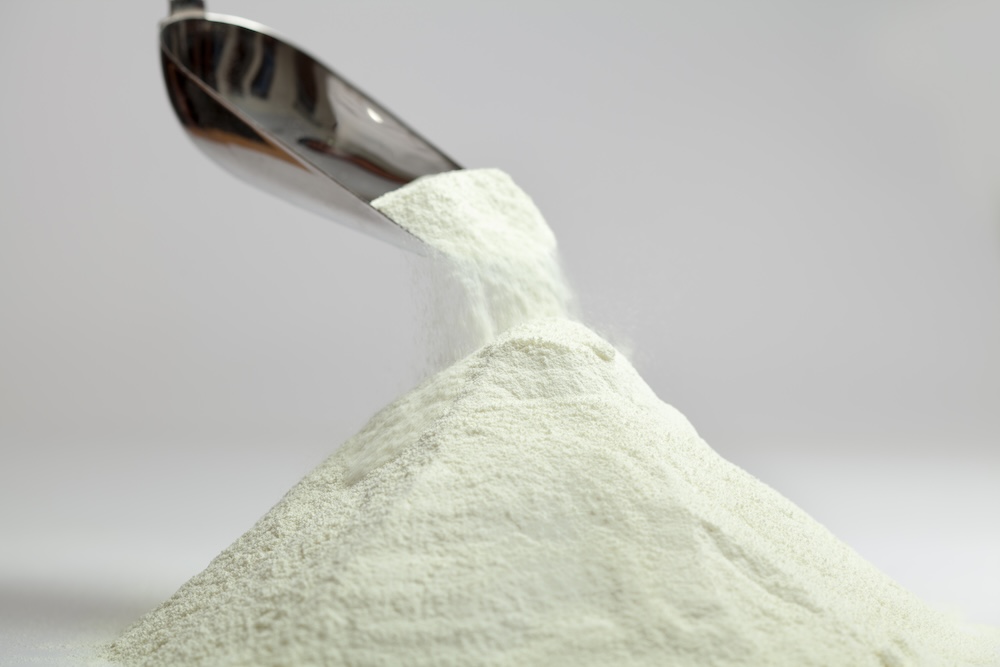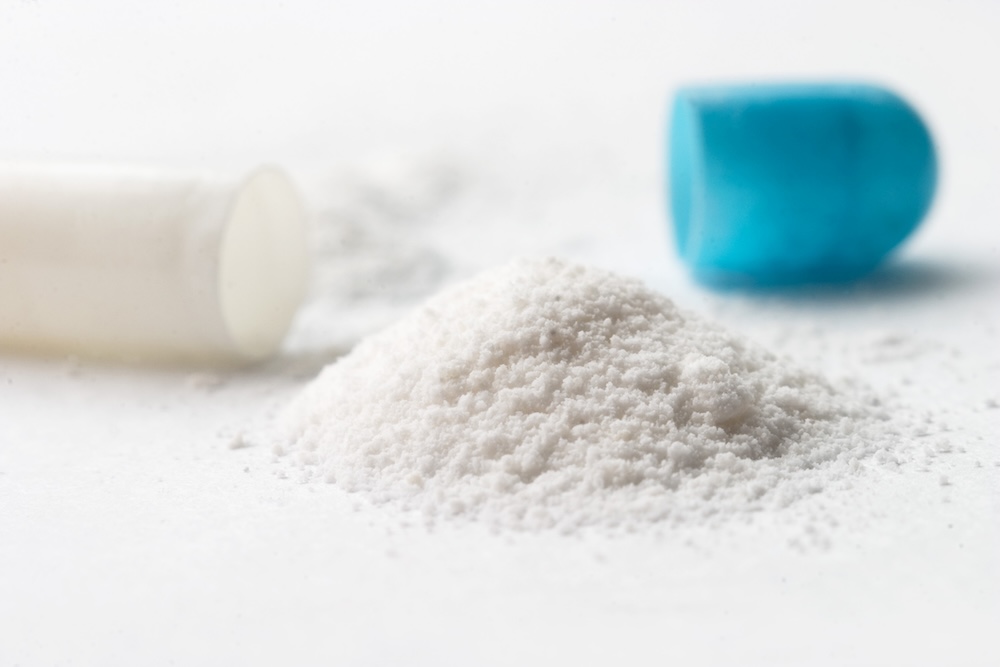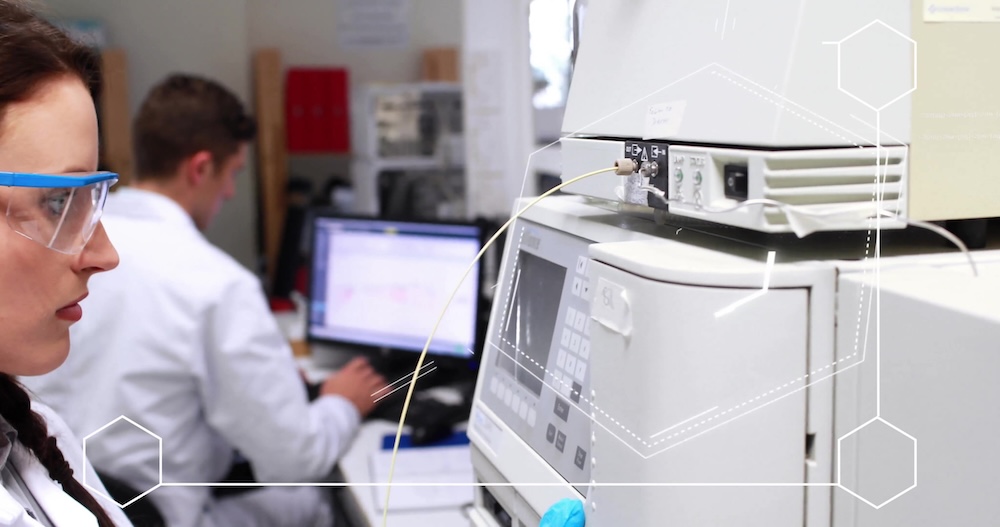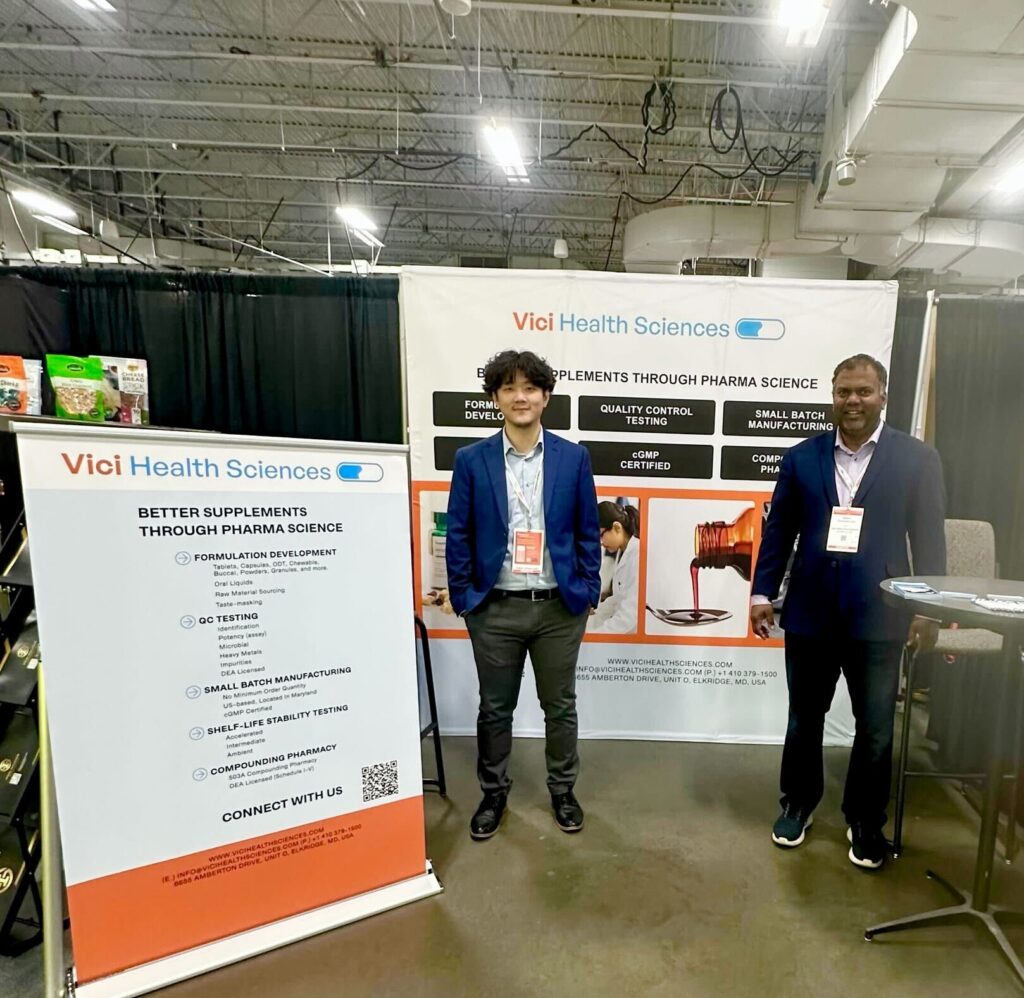The buccal region is the mouth cavity offers unique benefits for delivery of drugs over conventional more popular routes of administration such as oral, parenteral and topical. Buccal mucosa is highly perfused with blood vessels which enables rapid absorption and improved bioavailability of many drugs for both local and systemic treatments. It combines the beneficial aspects of oral dosage forms such as ease of administration, increased stability, and cost effectiveness with those of parenteral dosage forms such as increased bioavailability, eliminating hepatic first pass metabolism and rapid onset of action.
In part 1 of a three-part series, we will explore the opportunities and challenges associated with buccal dosage forms.
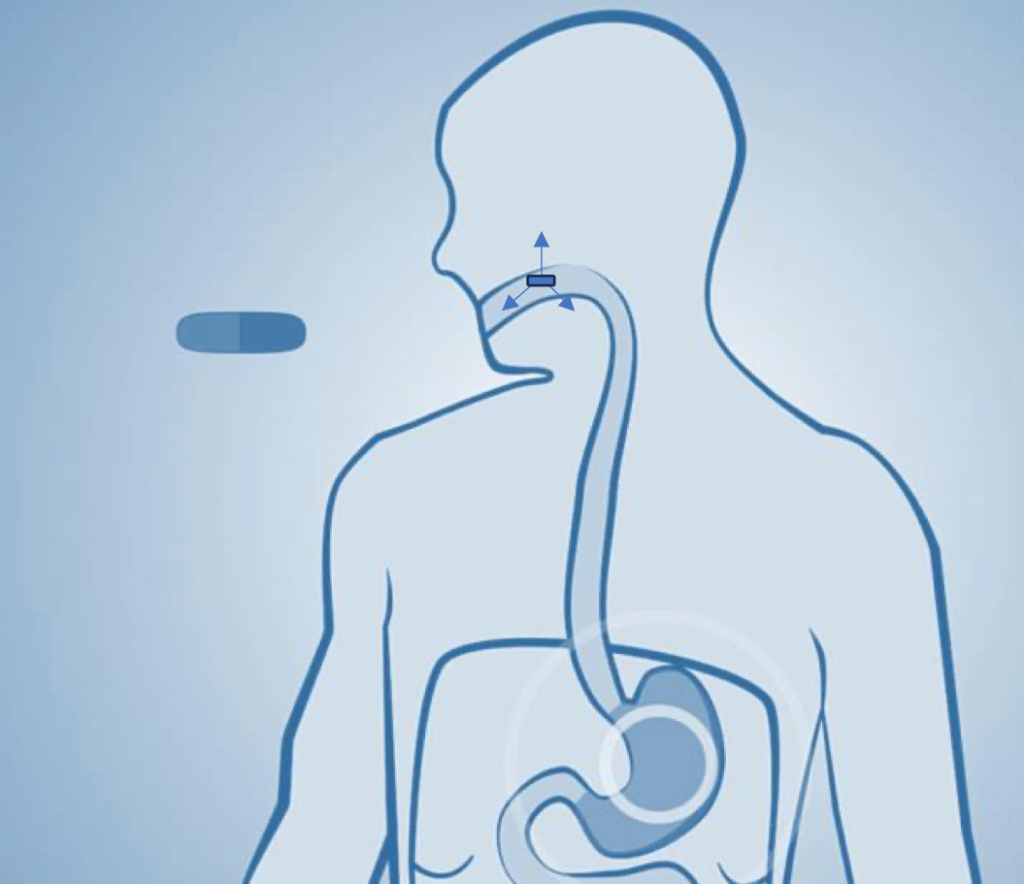
Benefits of Buccal Delivery over Conventions Dosage Forms
- Buccal dosage forms are easy to administer. This enables improved patient compliance especially for pediatric or geriatric patients who have difficulty swallowing tablets or capsules. It can even be administered to unconscious patients or patients undergoing seizures.
- Unlike most other dosage forms, it provides an easy means of expulsion of the dosage form and terminating the therapy.
- Many drugs are prone to degradation due to enzymes and acidic environment in the stomach and intestine. Additionally, drugs that are designed to be absorbed through stomach or small intestine may undergo extensive first pass metabolism in the liver resulting in poor bioavailability. Buccal route offers a convenient alternate delivery route for such drugs since it bypasses both the harsh pH and degradative enzymes of the GIT as well as liver metabolism. For these reasons, buccal route is suitable for both small molecules as well as large molecules such as proteins and peptides.
- The improved bioavailability can result in significant reduction in dose which in turn help minimize side effects.
- Direct access to the jugular vein results in rapid onset of effect and makes the buccal route attractive for many indications such as acute pain, migraine, epileptic seizures and angina pectoris. Mucoadhesive buccal dosage forms help prolong the duration of action and have found use in extended release applications.
- Pharmacokinetic variability due to food effect can be eliminated through buccal administration.
- Buccal route also is much more cost effective as compared to non-conventional dosage forms such as nasal sprays, rectal gels, transdermal patches, etc.
Challenges and Limitations
Not all drugs are suitable for buccal delivery. It is important to carefully consider the physicochemical properties of the drug as well as anatomy and physiology of the oral cavity while deciding for this route of administration. For example, drugs that irritate the buccal mucosa or have an unpleasant to taste are more challenging to develop for buccal administration. The drug must be absorbed through passive diffusion in order to be considered for this route. Drugs with small dose requirement are more suitable because of limited volume of the buccal cavity.
Vici Health Sciences – Capabilities and Services
Buccal formulations can come in many dosage forms including tablets, films, patches, troches, lozenges, solutions, gels, emulsions and sprays. A good product development partner can identify suitability of a drug for buccal administration and help accelerate the development program. Vici has extensive experience in development of buccal dosage forms and provide services in the areas of formulation development, analytical, characterization and regulatory.


